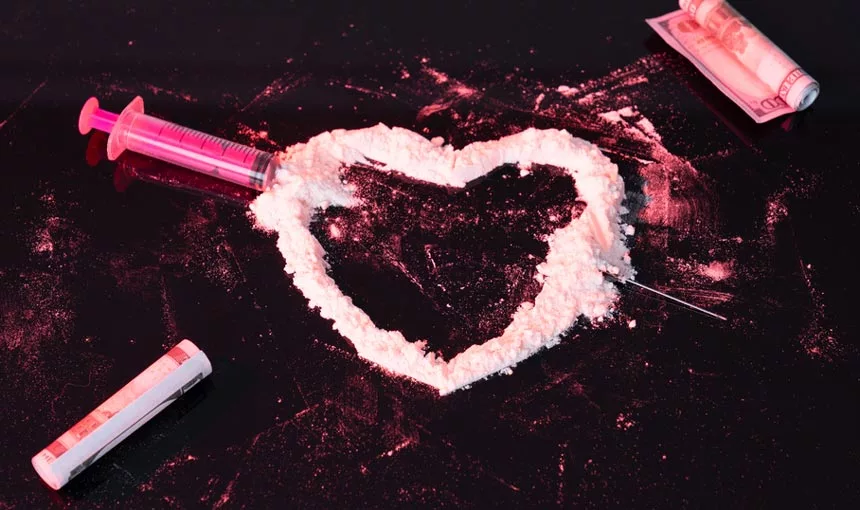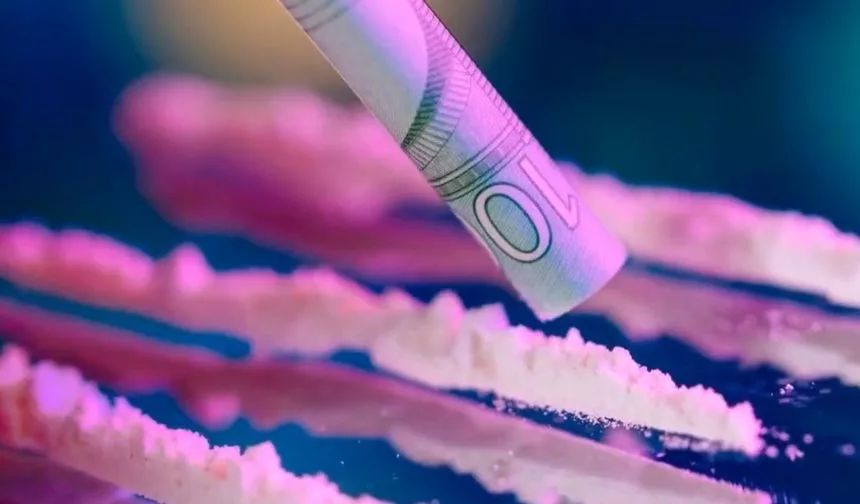Pink Cocaine or 2cB: A Worrisome New Party Drug
Pink cocaine isn’t the same thing as real cocaine, despite the name. The term ‘pink coke’ refers to a synthetic narcotic often called “pink cocaine,” which bears no resemblance to cocaine hydrochloride – at least not chemically. This substance, which also goes by the name Nexus or 2C-B, is promoted as safe and even lawful by many of its producers and is recognized as a designer drug due to its synthetic nature, crafted to mimic and alter the effects of traditional narcotics.
It falls under a class of synthetic drugs – otherwise known as a recreational party drug. Discussing both pink cocaine and traditional cocaine, it’s crucial to note the differences in their chemical composition and effects; while traditional cocaine is known for its stimulant effects on the central nervous system, pink cocaine combines a cocktail of MDMA, amphetamine, LSD, and other synthetic drugs, offering unique sensory experiences and hallucinogenic properties distinct from the traditional substance.
So-called ‘pink coke,’ however, can have detrimental effects on both physical and mental health due to its many potential negative effects. The guide will review the ingredients of pink cocaine or 2CB and the risks of this increasingly popular synthetic drug.
Keep reading to learn more about pink cocaine and how to find relief from party drugs with the programs for recovery offered by South Shores now!
What Is Pink Cocaine 2c B?
In the 1970s, a Harvard chemical chemist named Alexander Shulgin, who was known for his work with drugs like Ecstasy, created a new substance he dubbed 2C-B. 2C-B was first used to treat erectile dysfunction and boost libido. The original product was marketed under the names Erox and Performax by the manufacturer.
According to the DEA’s evaluation in 1995, the drug is so dangerous that it has no legitimate medicinal purpose and is therefore designated as a Schedule 1 controlled substance. However, this didn’t close the book on this sexual enhancement drug.
Party drug use of pink cocaine 2c B dates back more than a decade. It’s not really pink cocaine, but it has some of the same negative consequences. Powder and tablet forms of so-called Peruvian pink coke are widely available in South and Central America. There are two main ways to take this medication: intranasally and orally.
Analyzing the Distinctions Between Cocaine and Pink Cocaine 2c B
The typical form of powdered cocaine and pink ‘cocaine’ share certain similarities but are otherwise entirely distinct drugs. While they have some characteristics, like the potential for addiction, their origins, and properties couldn’t be more different. Pink cocaine is a synthetic stimulant made in a laboratory setting, while genuine cocaine comes from the coca plant. Despite these differences, there are a few similarities, particularly in their potential for addiction, highlighting the shared characteristics between pink cocaine and traditional cocaine.
Cocaine is on the United States Drug Enforcement Administration’s Schedule II list because it has both anesthetic and stimulant effects on the body, making it suitable for medicinal applications.
However, pink cocaine is psychotropic and affects the body’s serotonin levels. No one trusts this pink powder to be effective in medicine. Hence, the Drug Enforcement Administration (DEA) has placed this chemical in the most restrictive category, Schedule I.
Is the Novel Synthetic Drug Pink Cocaine Addictive?
As a highly addictive drug, pink cocaine addiction also has long-lasting, harmful effects on the body. Use this substance with extreme caution to prevent addiction and drug overdose and stay away from places where you might feel pressured to try it.
Quick medical and mental health help is needed if you or a loved one are struggling with pink cocaine addiction, including drug abuse and chemical dependence.
Is Pink Cocaine Typically Safe to Use?
There is a wide range of negative effects from using pink cocaine, and an overdose is possible from the drug itself or contaminants often found alongside it. It is impossible to know for sure the hazards and negative effects of synthetic pharmaceuticals because they frequently contain additives and problematic ingredients that are not revealed to the user.
Drug traffickers play a significant role in the production and distribution of pink cocaine and other synthetic drugs, synthesizing various compounds to create new substances that target rave and club scenes, raising concerns about the purity and safety of these substances. Therefore, pink cocaine may be even more dangerous to one’s health than other drugs.
Many people try to boost pink cocaine’s therapeutic effects by adding hallucinogens, but doing so greatly raises the risk of overdosing and has serious long-term health ramifications. The 2C-B strain that is prevalent in Latin America and the Caribbean may cause abnormal behavioral changes and even renal damage in humans.
What are the Repercussions of Using Pink Cocaine?
Because of its synthetic nature, Pink Cocaine may contain a wide variety of impurities that can have a wide range of effects on the body.
Here are a few of 2C-B negative effects:
- Constricted (or “pinpoint”) eyes
- Inability to respond quickly
- Dissociation from reality
- A rash on the face and arms
- Constipation
- Discomfort
- Dehydration
- Decreased respiratory and cardiac rates
- Drowsiness
- Discolored or reddened complexion
Overdosing on pink coke makes it difficult to breathe and think clearly since it affects the body’s automatic functions and nervous system responses. Low blood oxygen levels can be fatal if emergency medical help isn’t given in a timely manner.
What are the Warning Signs of a Pink Cocaine Overdose?
Because of the dilution caused by the presence of other compounds in 2C-B, even a minimal dose can be fatal. Overdosing on Pink Cocaine might cause the following symptoms.
- Vomiting
- Gurgling
- Chills
- Shallow breathing
- Bluish hue to the skin, lips, and fingernails
- Severe slowing of breathing
- Unresponsiveness
Is There Addiction Treatment for Pink Cocaine?
Understanding the consequences of pink cocaine use, including the physical reactions, dangers, overdose risks, and the necessity for specialized treatment programs, is crucial for anyone affected by this synthetic drug. The emotional and physical health of those who use pink cocaine suffer. It is recommended that those who wish to effectively overcome a destructive addiction to pink cocaine check into a reputable rehabilitation clinic, as this setting will be conducive to healing and long-term sobriety.
Medical detox is always the initial step in the rehabilitation process. Clients can have a smooth and relatively painless experience during detox if they do so in a reputable facility such as South Shores while under the careful medical supervision of our team of experts.
Upon completing detox, clients will enter a comprehensive treatment program that includes behavioral therapy, intensive counseling, and peer support. Clients can achieve and maintain sobriety with the help of our supportive treatment programs and active aftercare programs.
Get Effective Treatment Options for Pink Coke Now
At South Shores Detox and Recovery, we help those suffering from pink cocaine as well as those with typical cocaine use disorders. If you or someone you love is struggling with these or other controlled substances, it’s important you seek help immediately.
The ownership and staff at South Shores have decades of experience treating ‘party drug’ misuse and addictions and have helped hundreds of clients and their families find a way forward from seemingly hopeless situations.
Contact a member of our Admissions team to find out how we can help you get options for recovery today!



